In this article, I discuss the dynamics of social interaction between a photographer (myself) and the public of Cairo, Egypt. I will touch on Cairo’s history and to date political state, how Egypt’s tense atmosphere juggled its way into the present, what is considered morally right or wrong in Arab culture, and lastly, the psychology resonating around the man with the lens.
Close your eyes and picture this…
A crisp crackle of sand to rubber echoes forward from the distant backstreets. Thirsty engines stirringly swing into the present. Motorcycles slide up to the fringe of a teenage throng. I stand back against a quaint oak door. I attempt to assimilate into an attenuated crowd of swarthy-skinned Arabs.
The combination of pale skin, a broad comparable build, and a tourist light-box strung over the left shoulder delivers a presence that swings and flashes like a lighthouse.
From the back of the group, an overly-confident youngster in a leather jacket and short sleek hair strides into the scene like a king. A baleful grin rests between his cheeks.
He reaches into his jacket pocket, pulls out a GLOCK 19, and raises it to the sky like an archer on command to fire. An overpowering nervousness draws my spinal column back into the shade of the archway.
Without hesitation, a round of fury is unleashed, and a blanket of lead sails up high to meet the cupola of a tangerine haze stagnating over the clay city rise. Instantaneously, a pulsating base ripples through the air and a symphony of vibrations conduct through flesh, blood, and bone.
Smoking hot bullet shells clink and clang on the baked sand-like spilled pennies to the pavement. A cool chill simmers beneath my skin.
A split-second’s silence…
What follows is a proliferating stentorian roar and raised arms of adrenaline. Sitting at the centre of a T-junction between two alleyways, an alternative rock band stands overhead, erected by what looks like a pile of junk metal garnered from a scrapyard. A honeycomb of youths opens up and swallows the kid. With that pinnacle, the lead drum dices a beat and blast forward an awe powerful might.
As the people say, “welcome to Egypt!”
For the record
I am not a journalist, and neither am I a politician. I am a kiwi. My land resides at a far-away pole, where the grass is green and people live in holes in the rolling hills, where we dance to the music of the misty mountains and feast on pickles, chickens and apple tarts.
The following section provides a brief window of understanding to Egypt’s history and affairs. Why is this city so high-strung? How has the atmosphere come to be what it is today?
Atmosphere
Egypt’s atmosphere is a complicated one – it is derived from a history of religious warfare, terrorism, political instability, poverty, unemployment, conflicting cultures and demography, territorial disputes, greed, and government corruption. The list goes on.
A whirlwind of unresolved problems idles behind closed doors. How the public interacts, in general, seems somewhat timid.
One must be conscious when photographing a particular scene and/or subject. In Cairo, photographing is comprehended as ‘highly suspicious behaviour’, especially when done in close proximity to government facilities i.e. armoured vehicles and/or banks.
Like an American soldier who’s lost his uniform, I feel like I am a pair of floodlights on high beam wandering the backstreets.
More sun, a longer beard, a fresh set of white linen, and a few more words of the mother tongue may give my appearance a better chance of a local camouflage.
In Cairo, the atmosphere is a cumulative tension between all nations, demography, religions, and cultures for diverse reasons.
I am a visitor here, and that applies to every other expat.
“You are on foreign turf. Treat the people of the land with respect, because you are privileged to be here”.
Please feel free to query and/or critique any of the following information. This article intends to consider all sides of the story.
The Palestine
Beneath the surface, tension between the Egyptians and Israelis is unsettling. The long and complicated history of their conflict traces back to the biblical age.
The originating roots of the Israeli-Palestinian conflict are about sovereignty, national security, Zionism, religion, and freedom. Modern-day drivers such as money, greed and power are battling their way into an already overflowing political hurricane.
palestinian-loss-of-land-1946-2010
Statistics are clear; time has segregated religions and demography. Geographically, Israel has dominated and claimed territory. On the other hand, the Palestinian population has bled, and their territory dwindled from the map.
West Bank, the Gaza strip and what’s left of the Palestine to date, continues to be bombarded politically and physically. The Palestinian people claw deep to fight for a millennia of war and misery.
“They stand up to fight for their home.”
Unfortunately, the Palestinian people are treated like dirt; they are seen as second-class citizens with limited human rights. Israel is doing everything in their will to purge the Palestinians and is now entering and living between the cracks and holes of their enemy’s land.
“Israel is cutting the Palestine to pieces.”
What is happening is sad, and it is the reality of our world.
Many of the Egyptian people are connected to Israel and its history; they are part of it, and so are the people in the other neighbouring countries in the Middle-East. The Palestine is their second home, where their brothers, sisters, sons, daughters, and cousins live. Many Arabs fled the Palestine for a better life, while others fought and lost their lives for it.
Across the border in Egypt, the Palestinian people mourn for their brothers living in such harsh conditions.
The Palestine has shared religion and demography with the rest of the Arab states for centuries. Can the people of the land ever forgive, unite and move forward in peace?
The square
What you hear and read may be far from reality.
In addition to inter-state affairs, Egypt has been at war with itself for a long time.
Honsi Mubarak’s rule for three decades as a dictator over Egypt reached a boiling point in 2011. His lies and power over the people came crashing down with the revolution – an uprising from youth activists pursued in a long drawn-out war against the corrupt government, the military, and the Muslim Brotherhood.
Since then, things have not exactly been peaceful. Islamist Mohamed Morsi in 2013 was overthrown in what has been variably described as a coup or an ending to the second revolution.
Warning: the following films contain graphic imagery; they are extremely hard to watch. But it is very important that we do.
“‘The Square’ is an intimate observational documentary that tells the real story of the ongoing struggle of the Egyptian Revolution through the eyes of six very different protesters.
Starting in the tents of Tahrir in the days leading up to the fall of Mubarak, we follow our characters on a life-changing journey through the euphoria of victory into the uncertainties and dangers of the current ‘transitional period’ under military rule, where everything they fought for is now under threat or in balance.”
‘The square’
https://tafdi.com/titles/show/94-the-square.html
“A group of Egyptian revolutionaries battle leaders and regimes, risking their lives to build a new society of conscience.”
‘The uprising’
President Abdel Fattah el-Sisi was elected as president in 2014 and has been running power as a democracy since. Abdel is a dictator with former military training from both the United Kingdom and the United States. He moved up the ranks from an infantry commander to the director of military intelligence, Minister of Defence, and finally onward and upward to the last step in the journey, as president.
Things may not be as stable as it seems – time will tell. Abdel’s presidency is now nearing its final leg. He has indicated to run for presidency for a second term in 2018.
Do I feel safe in Egypt?
01/12/2017
Before I arrived in Egypt I was somewhat daunted by the idea of travelling the Middle-East. After a few weeks of travelling, this nervousness buried itself between lines of scribble in the bottom of my backpack.
Am I actually safe?
Firstly, before I answer this question, I would like to highlight that different people have different definitions of the word ‘safe’. I will answer a question with a question… what is the meaning of ‘safe’? Being safe is strongly relative to ‘where the lamb wanders’. If it brings you comfort, the ‘lonely planet mainstream’ is more than safe for any curious tourist.
Travel agencies around the world slap a danger sticker on every country on earth. Nowhere is safe, it seems. But that is not true.
“Out of sight, out of mind.”
Blend into your surroundings and know when to skip town. Feel the vibe, scope the scene, know when to and when not to photograph. There have been numerous moments over the last years where I have had to pull the plug on a photography session because the feeling was off…
A feeling that is intimidating, and/or a feeling that you should probably not be here. I.e. when you walk down the wrong backstreet in Cairo, or the slums of Manila.
Blending in is a skill that comes with experience.
If you don’t speak the language, keep silent. Only pull the camera out when you really need it, wear the same clothes as the locals. Basically, try to do everything they do. Mimic surrounding behaviours.
Unless you are strolling downtown New York, I suggest you avoid fanny packs and the ‘colourful umbrella’ appearance of a hippy tourist.
When exploring a new town and/or culture, I leave the SLR in the backpack.
Wander and observe.
I first learn and understand the environment I am going to be working in before I skip the 101.
Government security
In Cairo, and particularly along Egypt’s’ Red Sea coastline, I felt safe and at ease. Southern Sinai and particularly around the Suez Canal is safeguarded and patrolled day and night. If you take a drive from Cairo to Dahab, you will discover a series of military outposts.
On my ten-hour overnight bus ride, we stopped a total of eight times for passport checks. At one point, we had all our luggage and ourselves removed from the bus, unpacked, searched, and repacked again (this is completely normal).
Security is always on high alert. I consider the security checks to be a good thing; it controls and deters contraband moving through the area.
The northern regions of the Sinai Mountains are overrun and controlled by volatile terrorist groups. The power control has created a highway for illegal contraband flowing in and out of the region. A cliché ‘Chinese tourist’ wandering these regions is ill-advised and may be regarded as a ‘temporary tourist’.
In recent years, the Egyptian government placed a ban on all motorcycles and/or any four-wheel drives entering the Sinai region. The law is intended to deter the illegal movement of uncontrolled goods.
Restricted travel zones are enforced by the Egyptian government to protect its tourism industry. A few days ago, I made my way to Wadi Feiran, a less popular hiking route in the south Sinai region.
‘When a white tourist hitch-hiking appeared at a crossroad, suspicion was raised purely by his presence’.
I was stopped by guards at a central checkpoint before being escorted by a military convoy to my destination.
The wide-eyed reaction from any guard, gardener or goat along the road gave me the impression that tourists rarely flow this way.
Tourism Transformation
Egypt’s crystal clear coastlines at the edges of sunscreen, bikinis, and tropical cocktails do not denote reason as to why its tourism industry is now majority Arab-flowing.
Before 2011, Dahab’s tourism demography consisted of 60% Russian – what depleted quickly to a mere fraction.
What changed?
Egypt’s beloved tourism industry burned to ashes as flight 9268 disintegrated over the sandy peaks of the Sinai ranges.
Restrictions from the Russian government soon followed. Direct flights were cut from Moscow and Saint Petersburg flying into Sharm El Sheikh. Insurance policies became mandatory. Egypt skipped onto a no-go zone for tourism agencies and its image of a travel destination for ‘Dmitry Tchaikovsky’ transformed into a “life-threatening” uneconomic hassle.
Because of the revolution and continual terrorist attacks, Egypt’s tourism demography evolved. International media has continued to display a tainted ‘Jackson Pollock’ gallery of chaos for the world to see. The never-ending waterfall of conflict in the Middle East is fuelled by the man with the money and his thirsty media. From the narrow minds of our world, all and any image splashed upon the Middle-East is felt at all ends of its nervous system. Egypt is one branch of that system.
Westerners today have become weak and more afraid than ever. Fear transmits itself through cathode ray tubes to the mesmerized eyes swaying beneath floors at opposite ends of the earth. The thought of standing on foreign soil sends a quiver through their pessimistic minds.
analog-television-with-snowing-effect-against-white-background
In the past, the government’s method to safeguard the image of the tourism industry was to restrict the red sea to a ‘higher class selection’ of the Egyptian population. i.e. having a university degree was a ticket in.
In recent years, the downfall of the popular European and Russian tourism has flipped the government’s strategy. Egypt now opens its doors to an affordable, attractive and lawfully-accepted tourism scene for the Arab people.
Hidden behind the veil
According to Muslim culture, a woman’s face and skin are regarded as a hidden jewel. Only the partner and family shall have the privilege to its sight. The body and its beauty are sacred. In Arab countries, photographing woman without their consent is unacceptable and rude.
After spending some time in the Middle-East, I am learning to understand the concept of the veil and what it represents.
The Hijab or what some refer to as the burka represents so much more than a simple piece of fabric.
The hijab is a visual representation of a woman’s cultural and religious affiliation
The veil protects a woman from ‘foreign interception’, and also protects her from a potential ‘newcomer’ intervening her relationship. Yes, one can take an ignorant perspective and view the hijab as a selfish custom, or even somewhat sexist from the male part. However, a more culturally-correct perspective is that the veil represents a form of respect – the male is dedicated to his partner and he is trying to protect what he loves.
The following quote captures the words of Luijan Al Ali and her personal perspective of the Hijab.
“The word ‘hijab’ means ‘to cover’. And it’s usually that girls wear it to preserve their beauty, so not everybody gets to see it. I wear it because I feel like it sort of protects me. It’s who I am, it’s a part of me now. Sometimes when I feel like I want to try to take it off and walk outside, I feel like I have no head on. It feels really weird”
For more perspective follow the link below:
http://www.upbeacon.com/article/2017/04/meaning-of-the-hijab
After a few days in Cairo, I became discarded. Little hope remained with regard to photographing any women. Disappointing, it seems, considering many of my best photography opportunities involved women.
As a photographer, it is easy for the public to see me as someone who is exploiting and spreading a disposable film. In their minds, ‘I am creating an image available for the digitally-connected world to indulge in’.
While that may perhaps be true, it certainly is not my intention. My intention is to display culture, colour, emotion, and the beauty of people.
The first time an Arab woman gave me photographic consent occurred on the day I left Cairo.
Hipster quotes and resplendent decorations collaged at the front entrance were smartly crafted for a magnetic moneybox of Arabic selfies. Well done to its architect!
It came as a surprise. After a week of photographing, requesting, and being rejected, Sarah responded with an amiable “yes”. A warm smile soon curved her lips, and a vibrant blush filled her cheeks.
Sarah was flattered by my request. At the same time, she was intrigued as to why a European tourist would want to photograph her. She asked me exactly that “why?”, and I replied her with a “why not!?”
I explained my passion to photograph people from all corners of the globe.
Timing is everything
‘Fading light unfurls hidden frames of greatness’
The evening hour allows me to interact with the public in a natural manner. At the end of the day, the atmosphere loosens up, and the people become friendlier.
Regarding my portraits, I am often asked these questions: how do you obtain these photos? Do you ask each and every subject for permission? Sometimes I ask for permission, and other times, no. It really depends on the situation and the environment I am shooting in. When searching for a photo where the subject is behaving naturally, avoiding contact becomes key. Learn how to blend in, learn how to become invisible.
Planning a photo is important, especially when you may only have one opportunity to take that sneaky click. Positioning, lighting, emotion, and angle are just some of the many factors hidden behind the eye.
I would like to compare aspects of the thought process and strategy involved in taking a portrait photo, to those used by a professional poker player sitting behind a high-stakes poker hand.
As the clock ticks by, one thinks and analyses their options on the angle of approach before acting. Every play is perceived in a different light and all factors have to be considered.
“What is the best method for myself to act and play in the coming moments in order to produce the best possible outcome?”
As a photographer, adjusting your personality relative to the setting is important. One minute you are an introvert, and the next, an extrovert. Controlling your character in your interaction with the subject is an important skill.
Photography has a dark side to it. Sometimes to get ‘the photo’, you must be obnoxious. Sometimes you need to let go of sympathy and become a ‘one-task drone’.
How bad do you want that photo?
Depending on where you are in the world, photographing against a subject’s will will get tricky.
Imagine this: you are photographing a homeless woman in a wheelchair. She screams in Arabic and throws a blanket high in the air to cover her face. Trust me, I got as big a fright as she did!
The last eighteen months of travelling throughout South East Asia in comparison has been quite the opposite; happily entering all personal space and rapid-fire shooting. Some days in Myanmar, I found myself casually walking through a stranger’s front door and photographing as I pleased.
In many countries around the world, such behaviour would be considered absurd. Here in Egypt, if you get it wrong you may find an AK pressed hard against your torso. Sounds ridiculous?
I know first-hand.
I photographed a military tank posted outside a bank because it looked cool. A soldier tailed me two blocks before I was interrogated and forced to delete all images taken in that area.
Mood is Infectious
Let’s switch shoes for a moment in time; how does subject look back at you, the photographer?
This key question may change the way you photograph.
When looking through the viewfinder of a camera, it is not instinctive to reflect on self-image. Picture the world from the mind of the subject. See how and what they see.
Charismatic behaviour not only has the power to reflect onto its subject, but also has the power to attract new subjects to the front of your lens.
Smile at the fiercest of faces, and even in the starkest, squalid corners of the slums, you may discover a warm glow.
Photo one will lead to photo two – it’s just one block down the street, the second alley on the left, just behind those chicken crates.
After reviewing my catalogue of photos from Cairo, I found that a quarter of the keepers seeded from an initial step forward. Interaction leads to opportunities that may otherwise never exist.
Sometimes, one needs to loosen up the atmosphere to create opportunity. If the foreign man behind the sensor becomes more approachable, a form of subliminal trust is created.
Portrait proximity
Should I fit the 50mm or the 24mm?
How does the focal point of a lens change the nature of a photo and/or the photographer behind it? An invisible presence sustains natural mood and natural behaviour. We learn that great photos come with patience. I believe that in some circumstances, a guided mood change is a natural mood change.
For example, let’s analyze a smile.
If the smile is directed towards you as the photographer, or towards another; the subject remains the same person.
A smile can be isolated from its associative reasoning. You the observer can only see a moment in time.
A smile is a smile!
This holds true to my ‘24mm journey’ across South East Asia. Entering into one’s personal space is an unavoidable action while shooting a portrait photo with a 24mm lens.
The challenge is to create the photo whilst holding a mood and/or persuading a photo towards a particular light. The 24mm has great definition and a f/2.8. Its sufficient field of view comes hand in hand for the odd landscape photo.
I believe the word ‘natural’ can relate to a photograph being genuine. And genuineness boils down to the man behind the camera.
To me, instructions cry out ‘candid’! I try to avoid instructions whenever possible (unless I stumble upon a ‘must shoot’).
April 2017, Indonesia, I switched to a 50mm prime lens as the lens of ‘first choice’. Let’s shoot everything with this fella!
The 50mm opened up a new ‘field of view’ between myself and the subject. I am able to push myself further back into the background, avoiding disruption. With a great f-stop of 1.8, the 50mm has become an all-time favourite. Although the 50mm is customized to portrait photography, it is quality over quantity I am looking for.
Epilogue
I lost myself in the streets of Cairo for a week and awoke to a new ‘Middle-Eastern’ culture of chaos: ear-piercing horns, traffic freshly released from a psychiatric ward, invisible paint they call pedestrian lines, foreign tongue, foreign eyes, curious minds, poverty, middle-aged men and their addiction to coffee and shisha.
A car mechanic every twenty steps, a man ready to polish your shoes every ten, the lingering tension of the past and present, hardened scars and open wounds, crumbling infrastructure, a birds’ nest of wires overhead and a free-for-all piping network beneath, political graffiti galore, filthy streets, and a cigarette-filled atmosphere.
In between the noise, I was able to see beauty: vibrant colors, exquisite fabrics, beautiful women, warm locals, hummus, crepes, an overload of falafel, welcoming Egyptian tea synced with every conversation and two teaspoons of sugar too much, friendly children and their patriotic passion for football, and a smile sitting at the corner of every street.
After travelling the southern hemisphere (majority Asia) for two years, the cultural shift came to me as overwhelming.
At first, I felt nervous and out of place. Gradually, I learned how Cairo ticked and how the people clicked. When photographing, I found the importance of social interaction and how it more often than not anchors itself at the centre of a portrait.
How one eye interprets an image can differ immensely to its reflection. Social interaction can be used to shape a subject’s emotions towards a shade of beauty.
In the northern regions of Egypt, terrorist attacks are a regular and ongoing occurrence. Sadly, the following incidents are just a few of many:
2005 – Bombings in Sharm El Sheikh
https://www.theguardian.com/world/2005/jul/23/alqaida.terrorism
2011/2013 – The Egyptian revolution
https://www.theguardian.com/world/2013/mar/14/egypt-leaked-report-blames-police-900-deaths-2011
2015 – Bombing of a Russian plane bound for Sharm El Sheikh
https://www.theguardian.com/world/2015/nov/17/egypt-plane-crash-bomb-jet-russia-security-service
2017 – An entire checkpoint overrun and wiped out by militants – North Sinai
https://www.theguardian.com/world/2017/jul/07/egyptian-soldiers-killed-in-attack-on-sinai-checkpoint
2017 – November 25th, 305 killed in a mosque attack in Bir al-Abed
https://www.theguardian.com/world/2017/nov/24/egypt-mosque-attack-kills-dozens-reports
Article by Andrew John Babbage

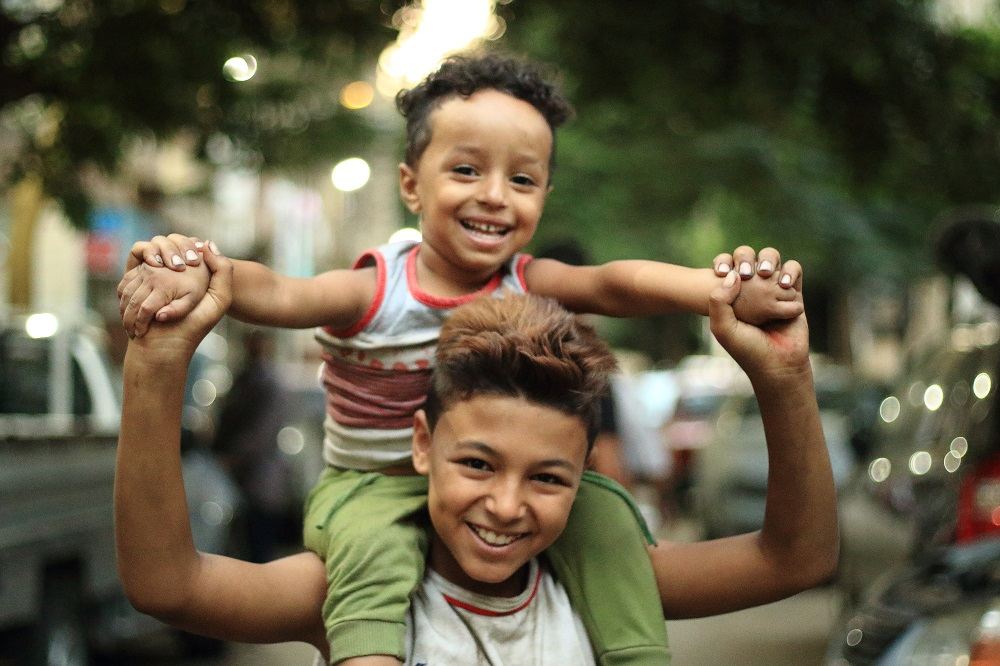
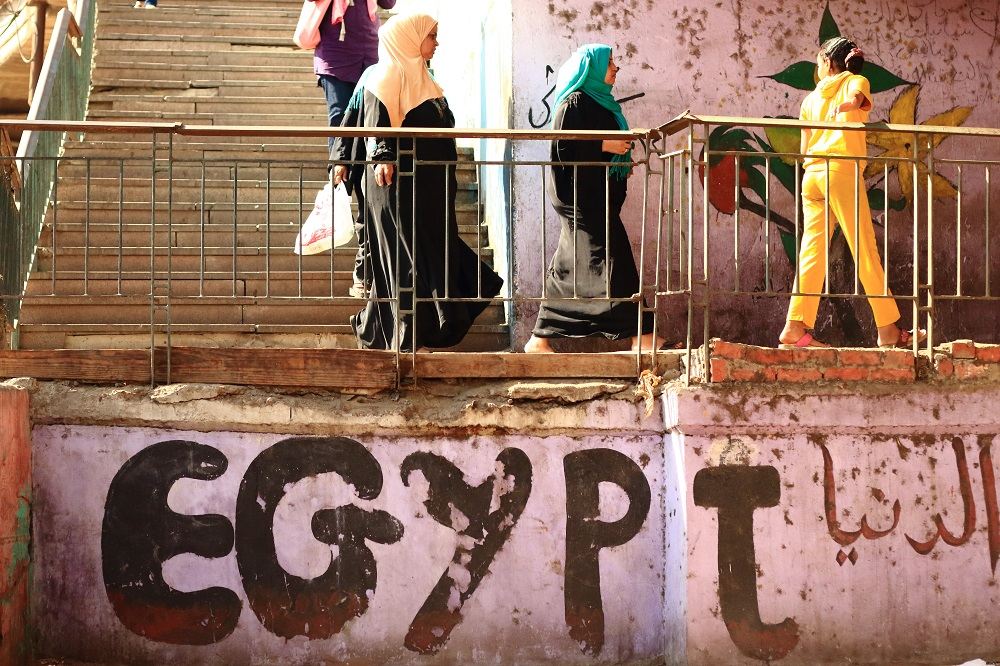


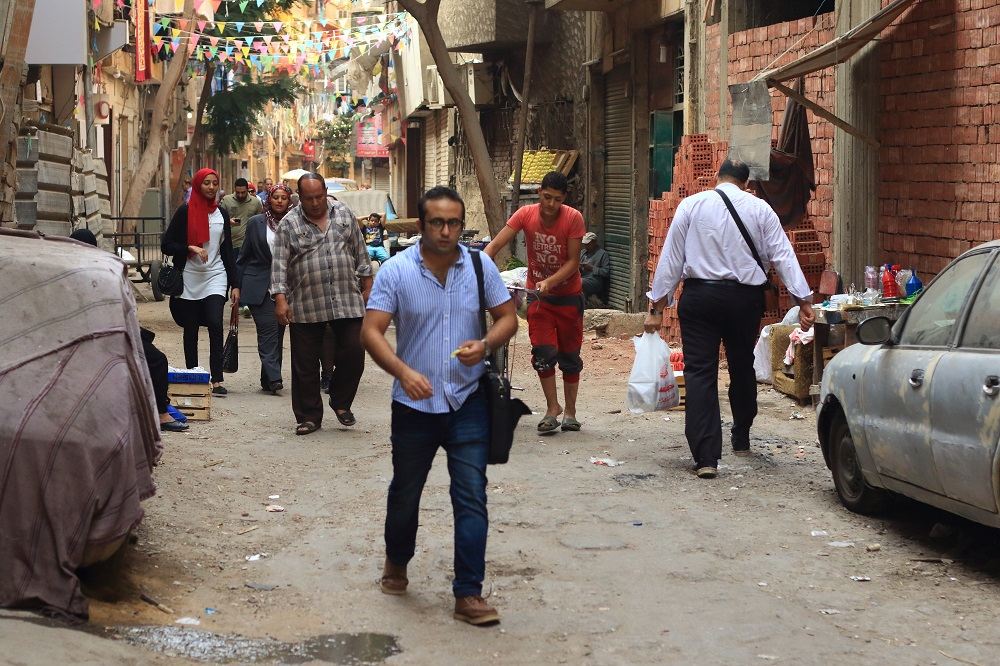
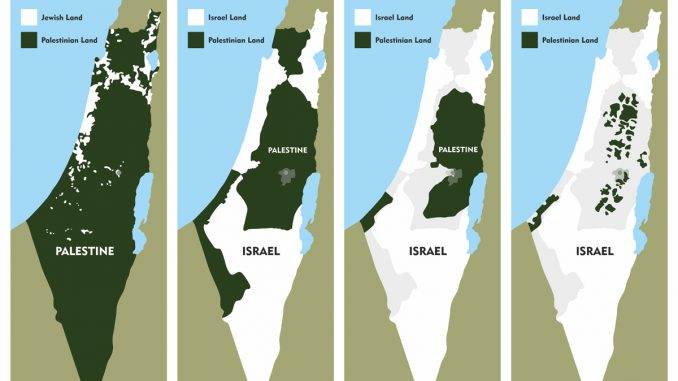
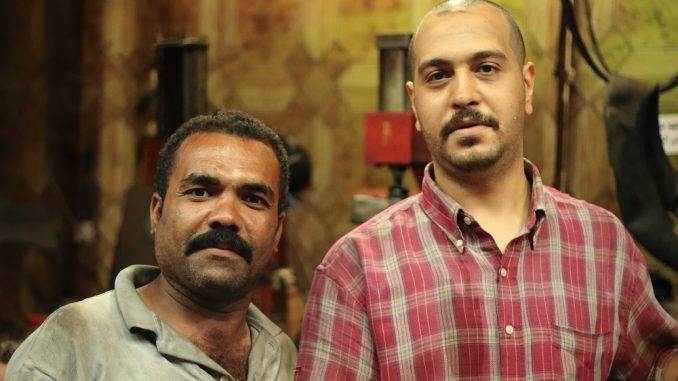
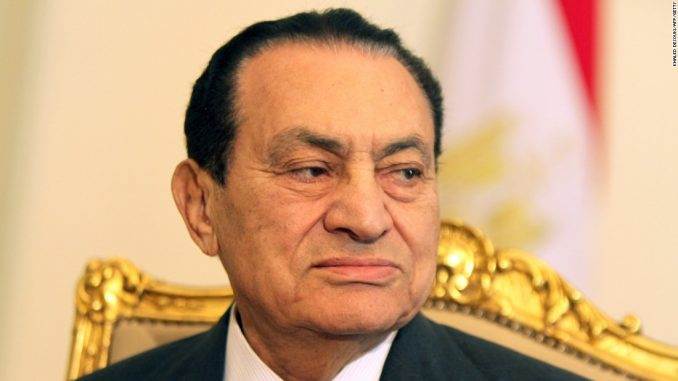
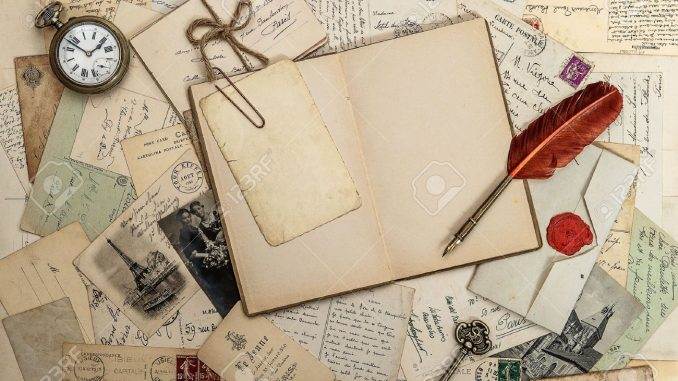

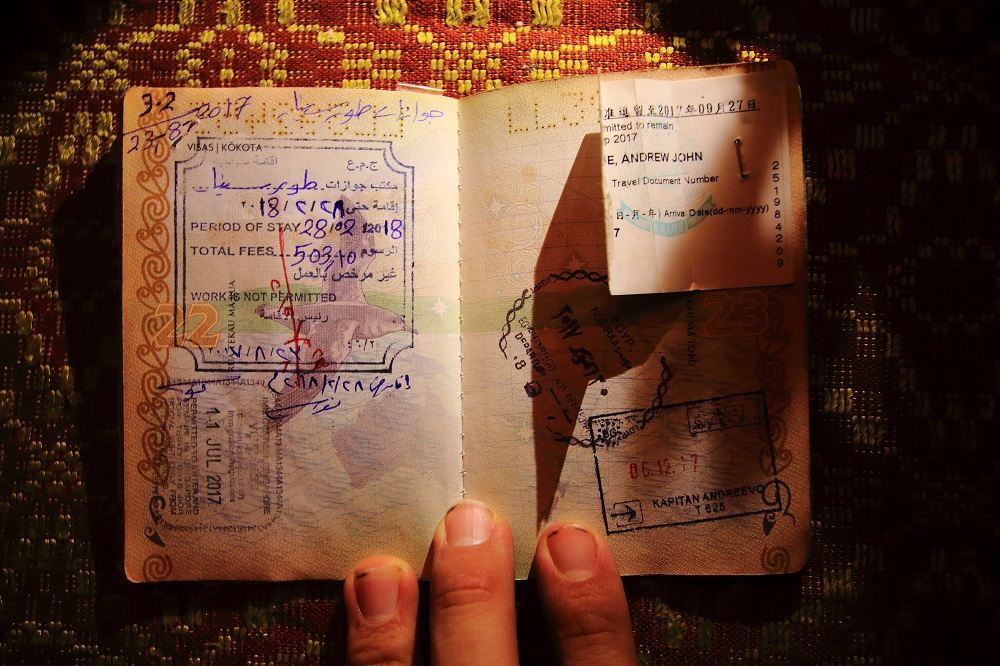
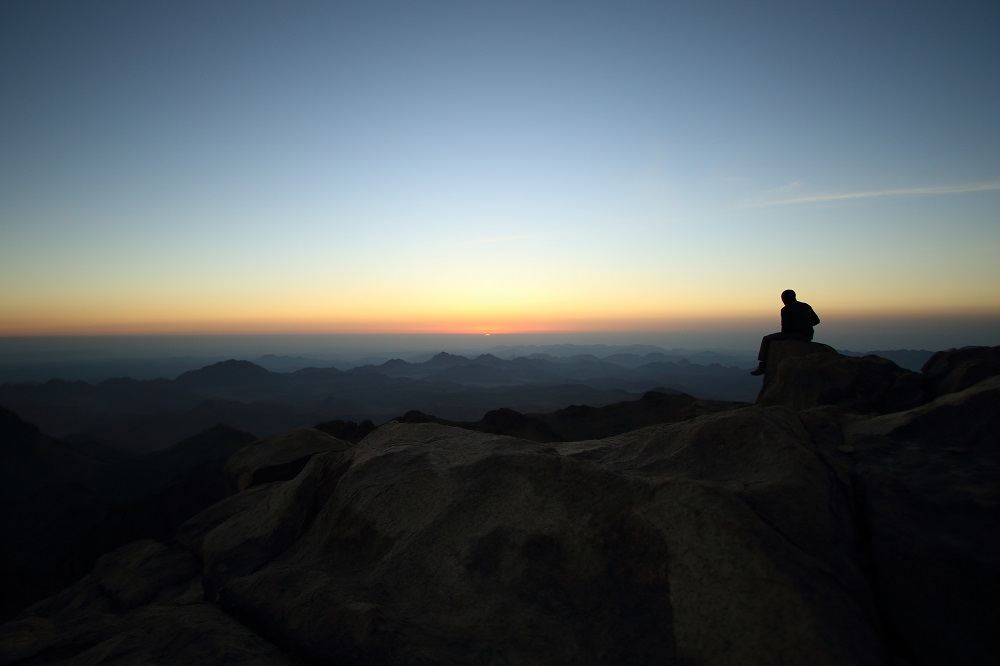
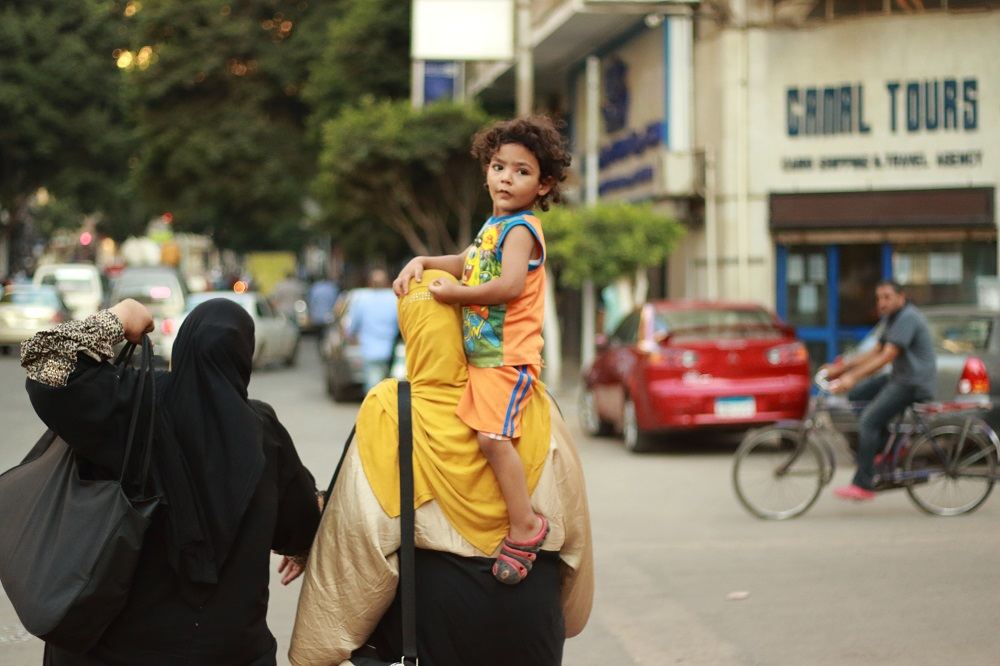
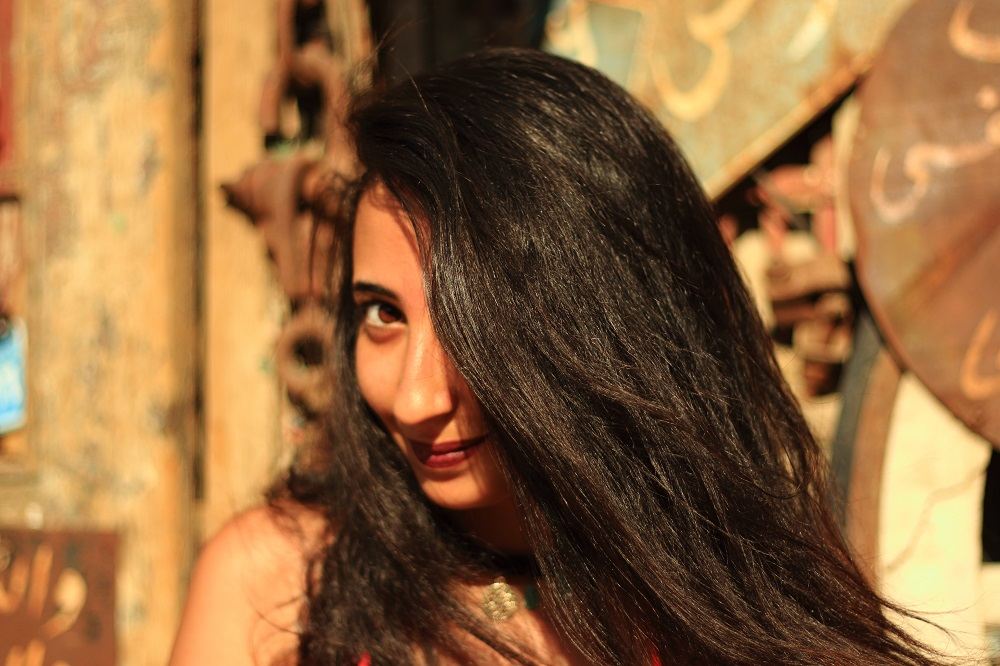
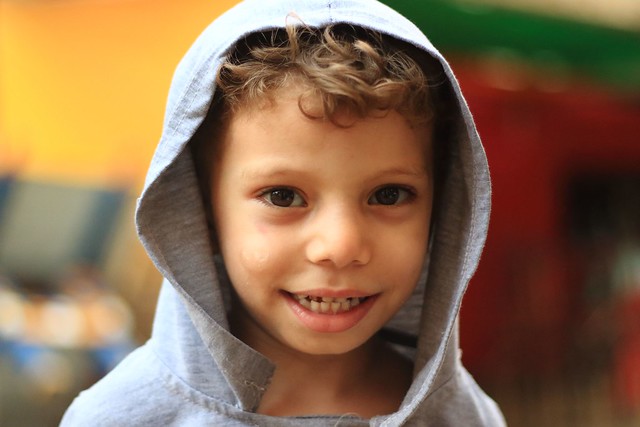
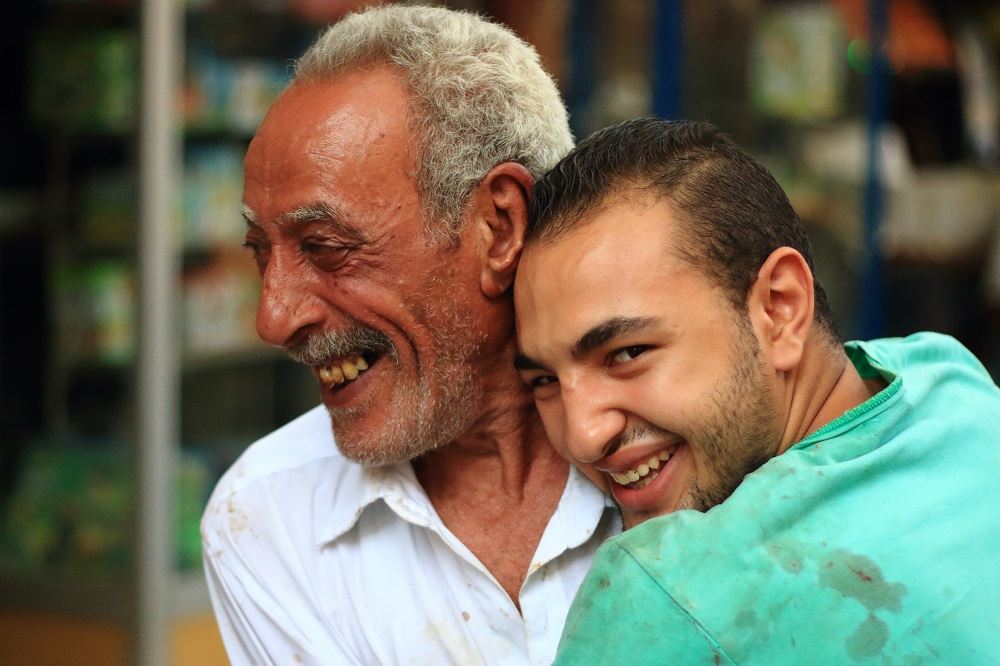
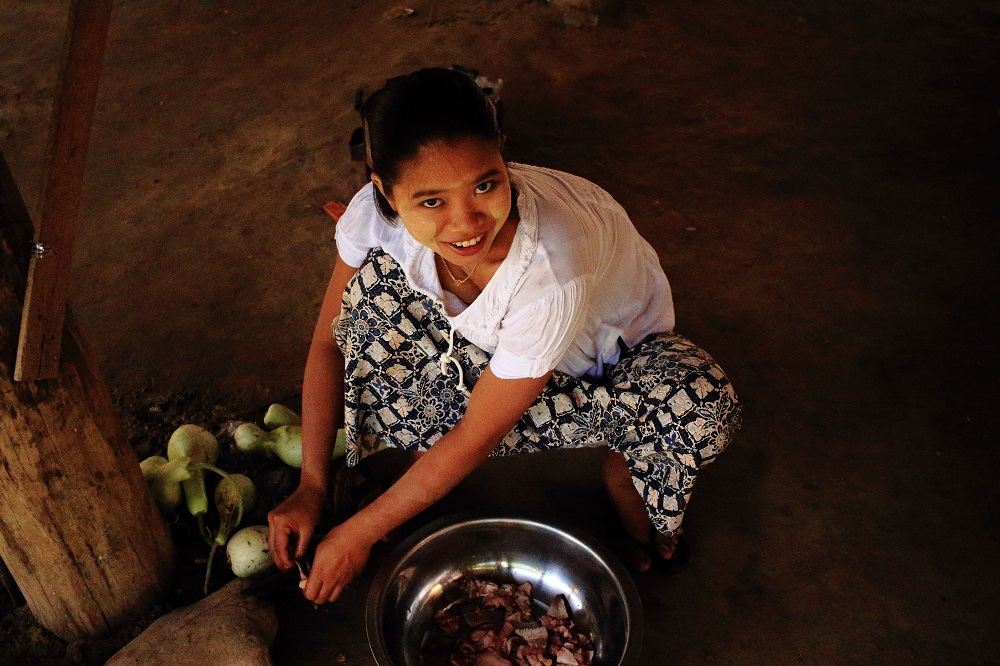
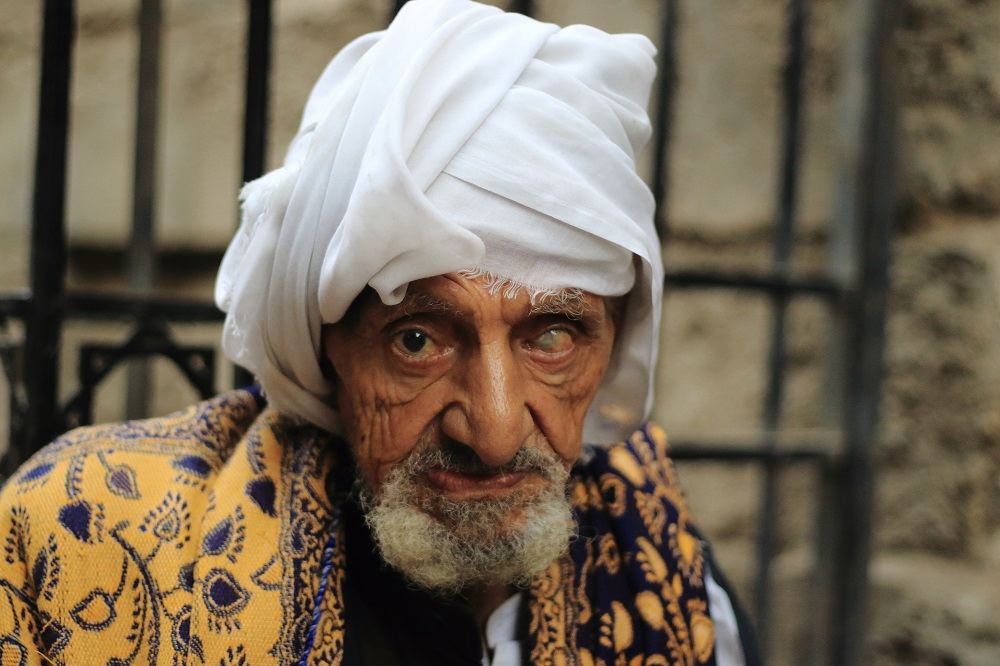
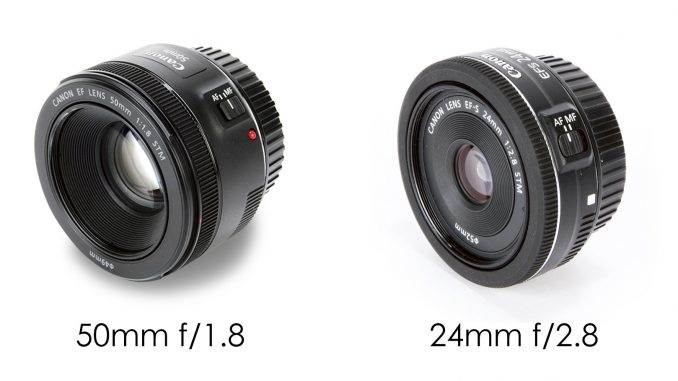
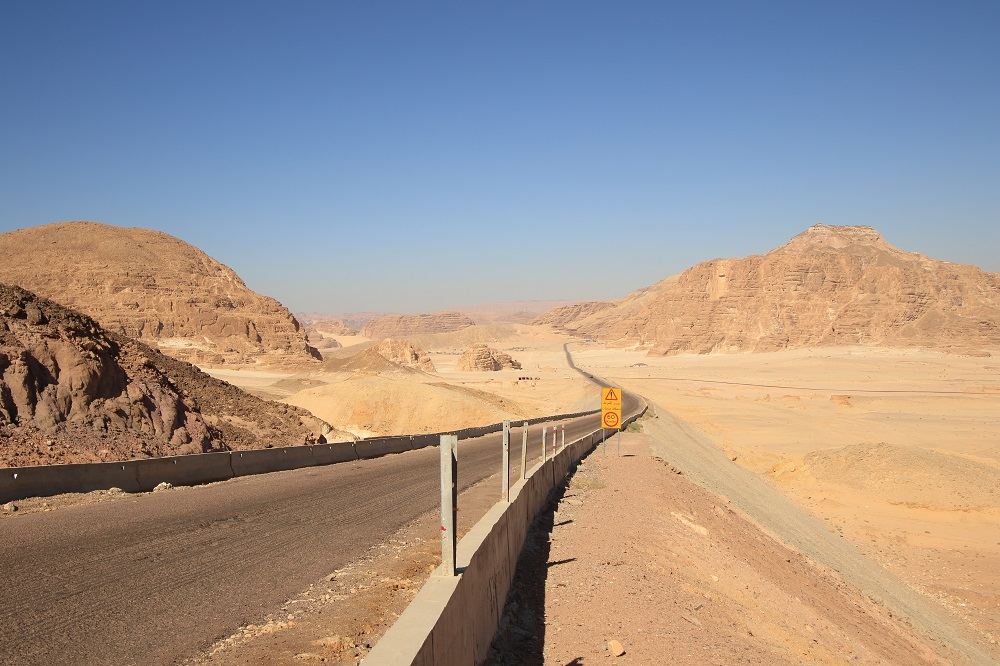

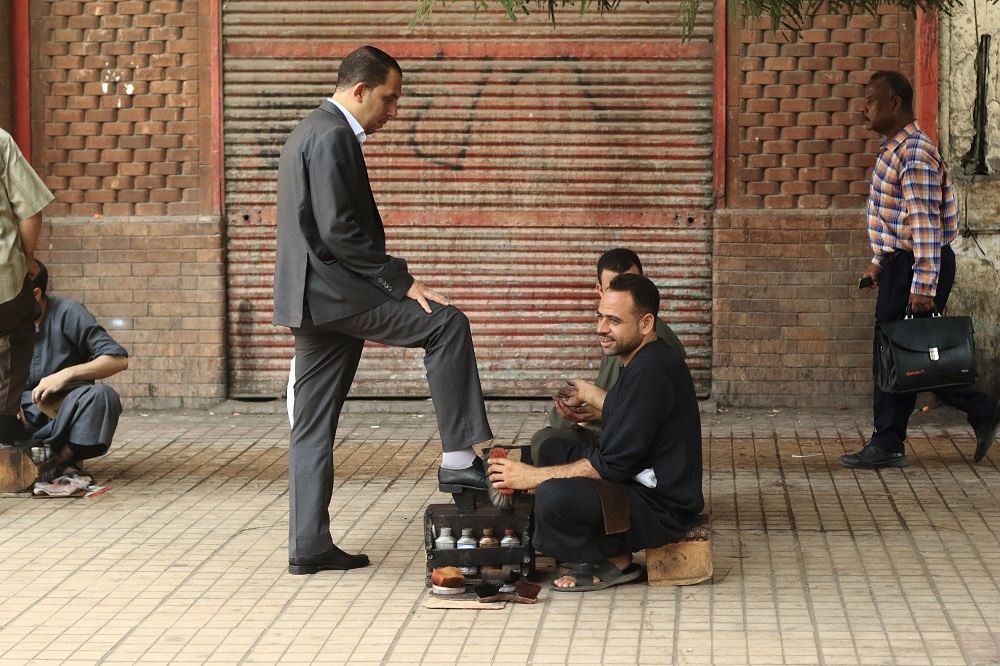
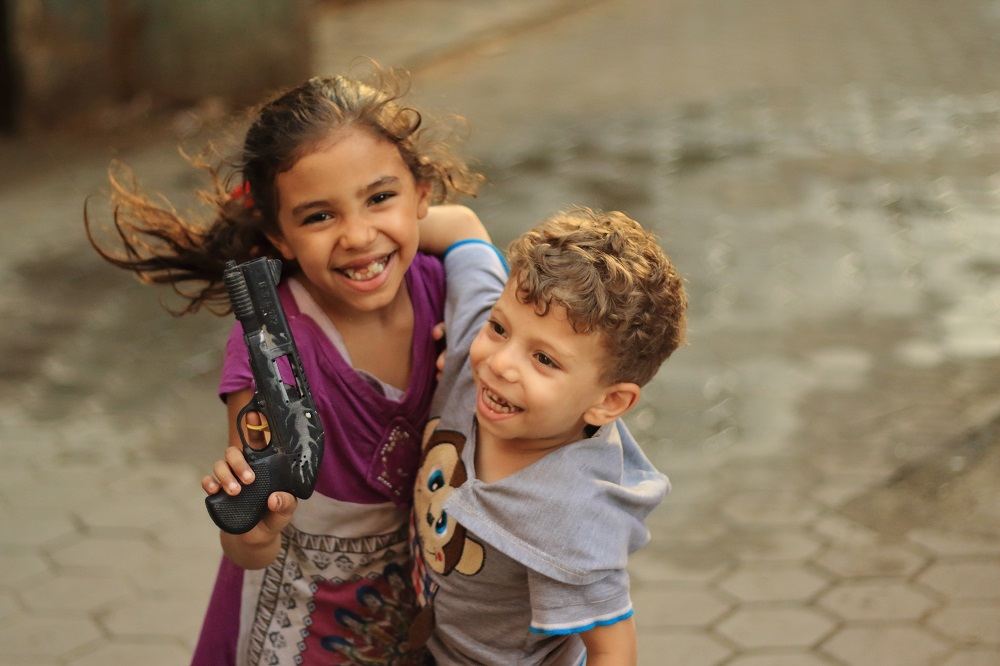
Leave a Reply